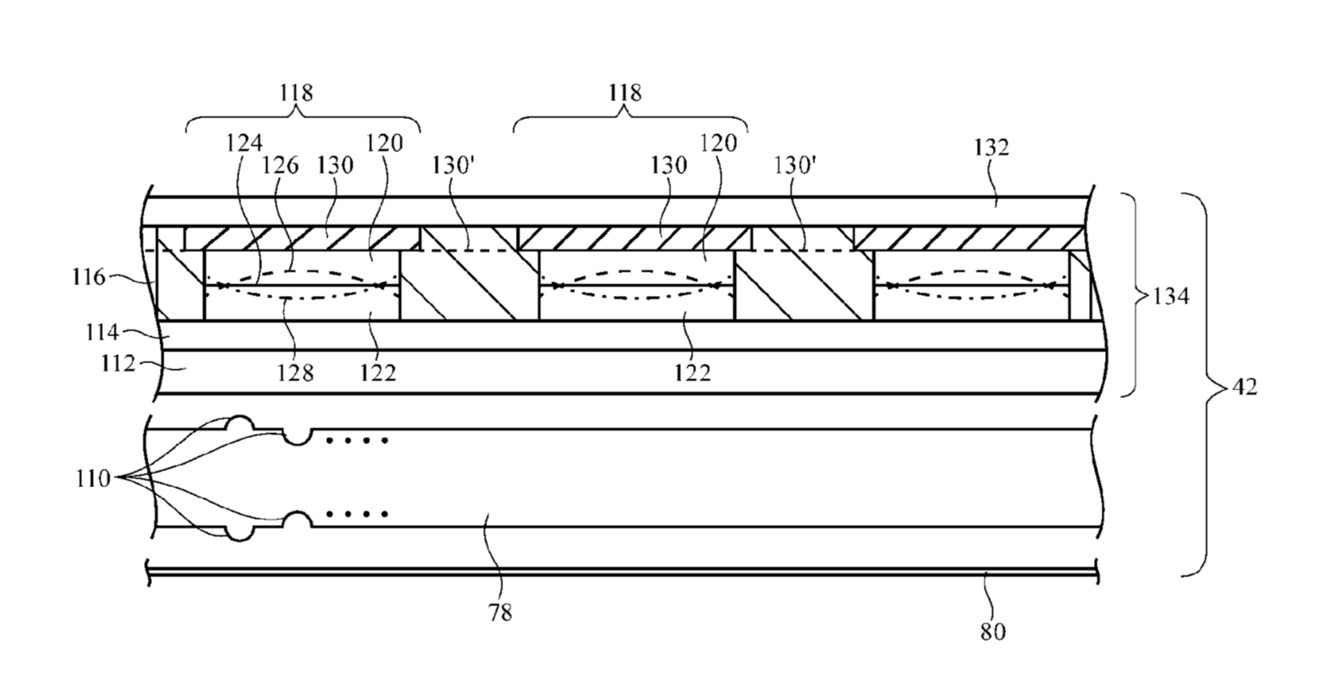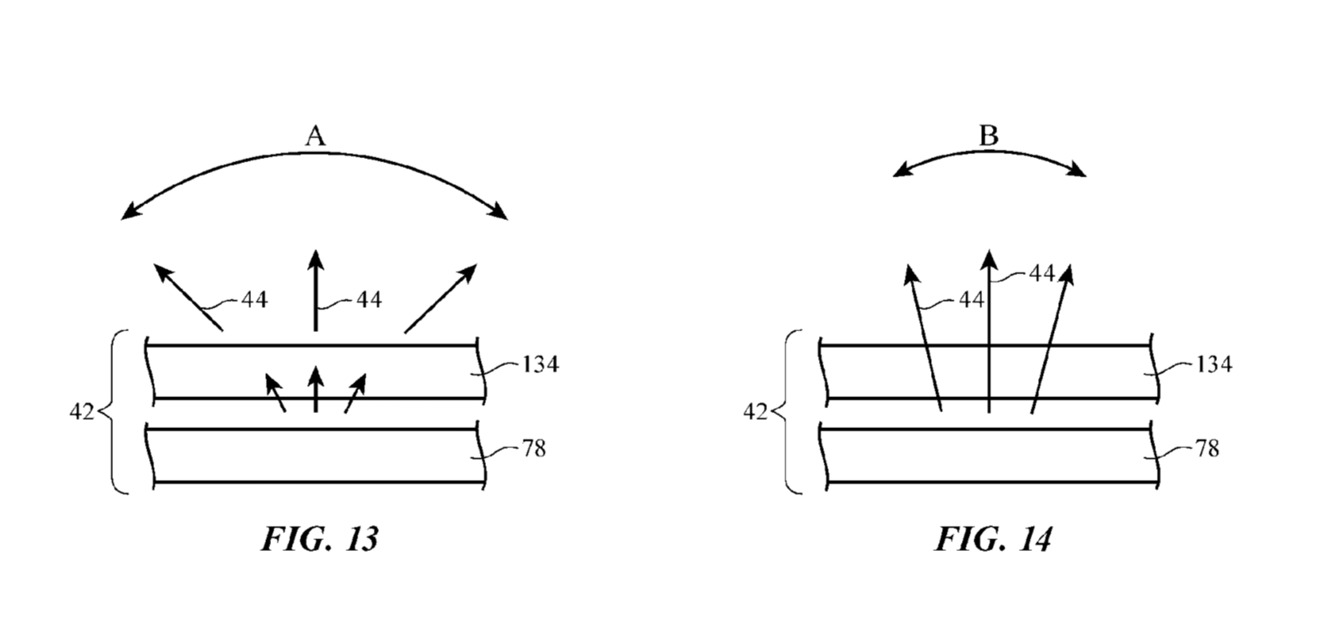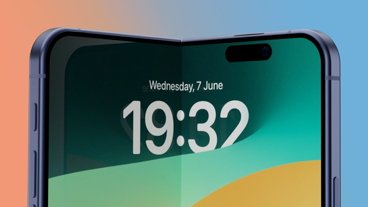Apple is working on a way to allow users to control when they want a narrow field of view on an iPhone, iPad, or Mac screen to maintain privacy and limit the amount of users who can see what's being presented.
Apple's patent application for the technology, entitled "Displays With Adjustable Angles-of-View," was filed by the company on June 30, 2016, and made public on Thursday. The patent discusses utilizing an "electrically controllable filter" to selectively polarize the screen controllable by the user.
It does not appear that the innovation is an attachable filter like previous privacy solutions. Rather, the display itself has the needed technology integrated, in a series of substrate layers.
The primary implementation appears to be another layer of liquid crystal sandwiched between substrate layers, and the polarizing layers. The liquid crystal layer may also contain a color filter layer to selectively omit or include images on the screen for wider viewing containing a particular color.
Other possibilities for the technology inlclude a backlight unit with a light guide layer that selectively applies light to ares of the screen. Alternatively an "electrically adjustable lens" can be used to channel backlight illumination rather than lighting or blacking out sections of the screen.
What's old is new again
Current LED screens have view angles as wide as possible, with some as great as 178 degrees from a straight-on view. Early LED displays had narrower fields, with the active matrix color display on the PowerBook 540c having only about a 45 degree field — passive matrix displays from the same time had notably less.
The narrow field of vision was a selling point for the nascent technology. Even now, attachable polarizing filters can be used to limit angles of vision, but they must be attached to the display and cut back on color accuracy and brightness for the entire screen.
Apple's patent application suggests that sections of the screen can be selectively polarized inside the display, with no lack of color fidelity or brightness to the user intended to be using the device so equipped.
Apple hasn't limited the technology to iOS or macOS devices. The application spans a wide range of possible implementations, including a wrist-watch, a pendant, headphones, or earpieces. In essence, anything that could possible contain a display is covered by the patent.
This display patent is far more general than the other patent also made public on Thursday. The other patent application made public delved deeply into integration of OLED and quantum dot screen technology and production, down to the molecular level.
 Mike Wuerthele
Mike Wuerthele








-m.jpg)






 Charles Martin
Charles Martin
 Christine McKee
Christine McKee
 Wesley Hilliard
Wesley Hilliard
 Malcolm Owen
Malcolm Owen
 Andrew Orr
Andrew Orr
 William Gallagher
William Gallagher
 Sponsored Content
Sponsored Content








13 Comments
I can see how this could be quite useful in some contexts, but I would be willing to bet good money that Apple never uses this patent. It's too much of a niche feature to justify adding complexity and cost to a critical component (the screen).